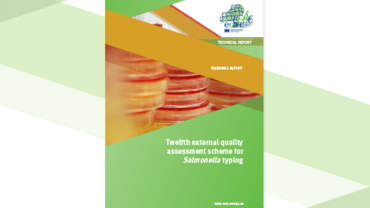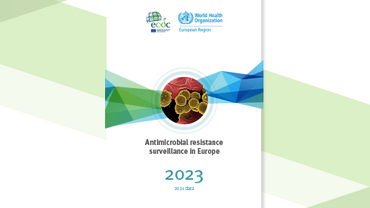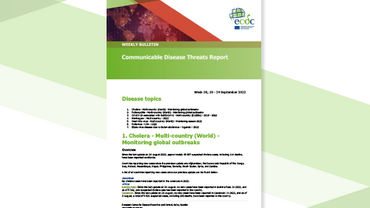External quality assurance scheme for Haemophilus influenzae 2011
The results of this external quality assurance distribution have shown that European Haemophilus reference laboratories differ in the level of characterisation of strains, ranging from simple speciation to full identification and typing. All but two laboratories routinely phenotypically serotype isolates. Fifteen laboratories (52%) performed PCR-based capsular genotyping, 23 laboratories (79%) reported antimicrobial susceptibility testing results.
The results of the antimicrobial susceptibility testing indicate that almost all reference laboratories routinely test for ß-lactamase production in strains of Haemophilus influenzae and the results are excellent. Twenty-two laboratories (76%) returned antimicrobial susceptibility testing results. The detection of ß-lactamase-negative ampicillin resistance (BLNAR) proved challenging, with 12 (52%) and five (22%) laboratories reporting strains number 0264 and 0267 as BLNAR, respectively.
Executive summary
A collection of six strains of Haemophilus influenzae were sent to 30 participating reference laboratories in the IBD-Labnet surveillance network for quality assessment testing. The laboratories were asked to perform standard laboratory protocols for the methods usually used by the laboratory for: species identification, biotyping and serotyping by serological methods and Polymerase chain reaction (PCR). Antimicrobial susceptibility testing and ß-lactamase testing was also requested for those laboratories that perform antimicrobial susceptibility testing of the isolates on a routine basis.
The results show that the laboratories differ in the level of characterisation of strains, ranging from simple speciation to full identification and typing. All but two laboratories routinely phenotypically serotype isolates. Fifteen laboratories (52%) performed PCR-based capsular genotyping; 23 laboratories (79%) reported antimicrobial susceptibility testing results. A significant number of the laboratories are using the CLSI guidelines for antimicrobial susceptibility testing, rather than the EUCAST guidelines.
Haemophilus influenzae is a common virus causing respiratory tract infections. Despite the availability of an effective vaccine, the conjugated Hib vaccine, infections by non-vaccine strains of the virus can still occur. Surveillance of the disease is therefore important to monitor the effectiveness of the immunisation process. To support laboratory surveillance, ECDC promotes the performance of external quality assessment in which laboratories are sent simulated clinical specimens or bacterial isolates for testing by routine and reference laboratory methods.






